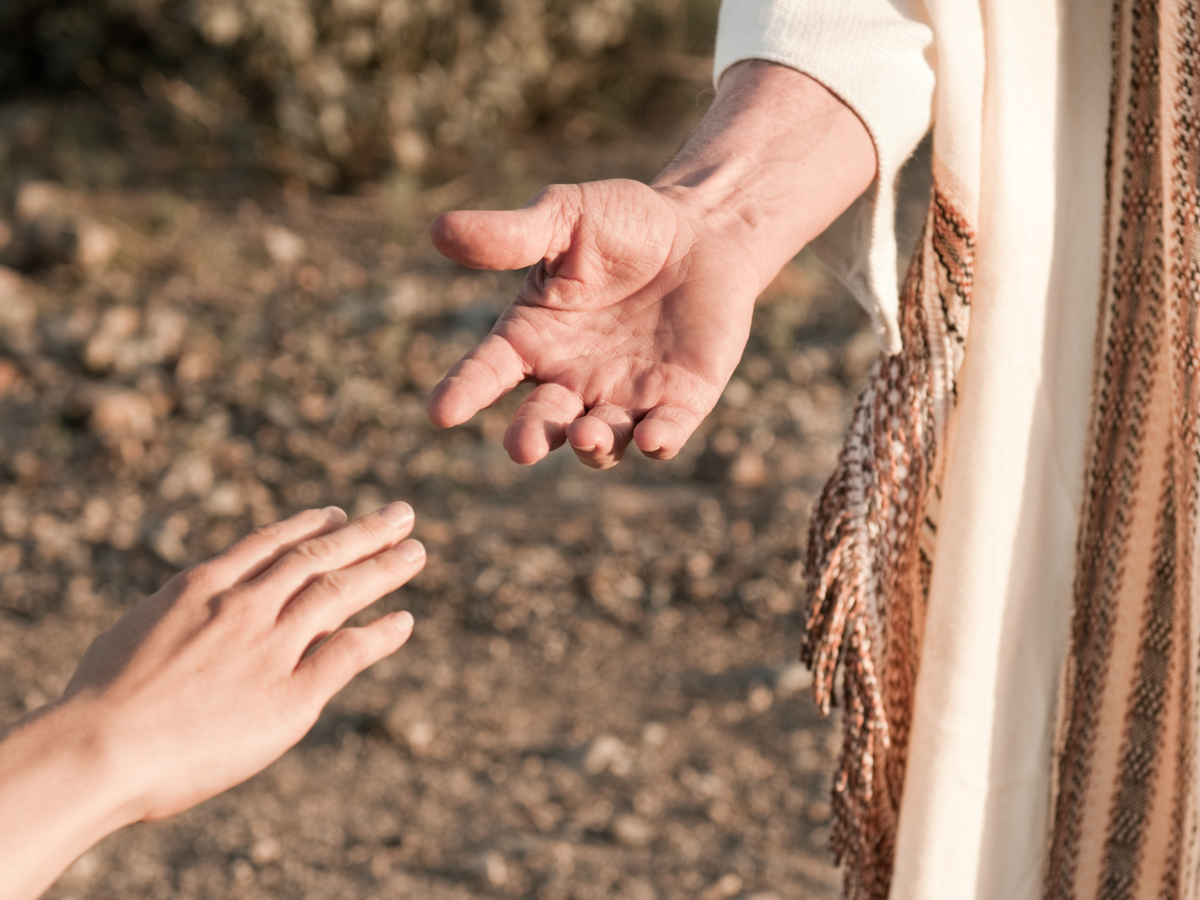
Fill the Window
“I long to see every community of the 60/70 window filled with local disciple-makers.
Growing up, I remember when missionaries visited our church. While these people came from many different places and ministered in vastly different communities, there were a few things they all had in common. They all were happy to be with us, yet seemed somewhat awkward and uncomfortable in our church. They all were very generous with their time and whatever they had, even if they didn’t have much. They all had stories that captivated my imagination and pointed out the sovereignty of God- from harrowing plane rides to confrontations with people that were antagonistic to the Gospel, to the unique and disgusting things they’d learned to call food in their new home. Most importantly, they all loved Jesus. They loved Jesus with a depth I hadn’t experienced and saw few examples of in the church I was a part of. Now that I’ve experienced missionary life myself for some years, it’s interesting to look back on those first impressions I had of missionaries and their work.
When I first felt God’s call to missions in my life, I definitely had a romanticized vision of missionary life in my mind. I envisioned “boldly going where no man had gone before,” of being out on the front lines of ministry, in a small, remote, difficult to access community. Having to fly in a bush plane or travel by dugout canoe was an essential element to the picture I had in mind. Then my family and I moved to one of those remote communities. It was a harsh reality. Nothing I experienced fit my idealized vision. Yet God sustained us in that community for 11 years, and we came to love the people and the place deeply. God drew us closer to Himself than we ever would have been able to grow otherwise. I came to understand that the reason the missionaries I met in childhood loved Jesus so much is that they’d come to a place in their lives where He was all they had. And they found Him to be enough. We began to experience Him that way as well.
God also taught me a couple of other valuable lessons during that time that has come to shape our ministry moving forward.
First, God shattered my perception that missions was best done by independent lone rangers, those willing to go it alone, pull themselves up by their bootstraps, and “boldly go.” This was the pattern of missionary work for a generation. And it was wrong. God never intended us to go it alone. Needing one another is not a sign of lack of faith, it’s proof that God created us for a relationship, just as He has eternally existed in perfect relationship with Himself - Father, Spirit, and Son. This is why SEND is so committed to ministry teams. We find team members in our other regional SEND missionaries. But we also seek and find team in local Christian leaders, in disciples who are making disciples, and in the local church, if one exists. We need each other to see the church grow, expand, and be healthy. SEND gets that, and is committed to it as a core principle.
Second, God opened my eyes to the harvest field. What I mean is this - I had requirements of a mission field, that it be remote, isolated, small, and difficult to reach. But God calls us to reach people, not geographic locations. The reality we’re experiencing in the North is that the mission field is becoming regionalized.
People are moving out of the villages and into hub communities. As an example, in the 11 years we lived in the village, the population decreased from 250 to around 200. Meanwhile, hub communities are growing. If God is calling us to share and show His love to people (and He is), then we must have a strategic presence in the hub communities of the North. The hub communities are where the greatest concentration of people - those for whom Christ came and died - are. It’s where they conduct business. It’s where they shop. It’s where they receive medical services. And, increasingly, it’s where they live. We must be committed to being where the people are. Today, my wife and I live and serve in a regional hub community. We team together not just with other SEND missionaries, but also with the local church.
And we long for and work toward, the day when our little corner of the 60/70 window is filled with local disciple-makers.”
-A SEND North Team Member
Follow SEND North on social media:
Facebook
Twitter
LinkedIn
Pinterest
Instagram
Instantly download the free report, God's
Extreme Love; Life and Ministry in the 60/70 Window
.
Additional Posts




